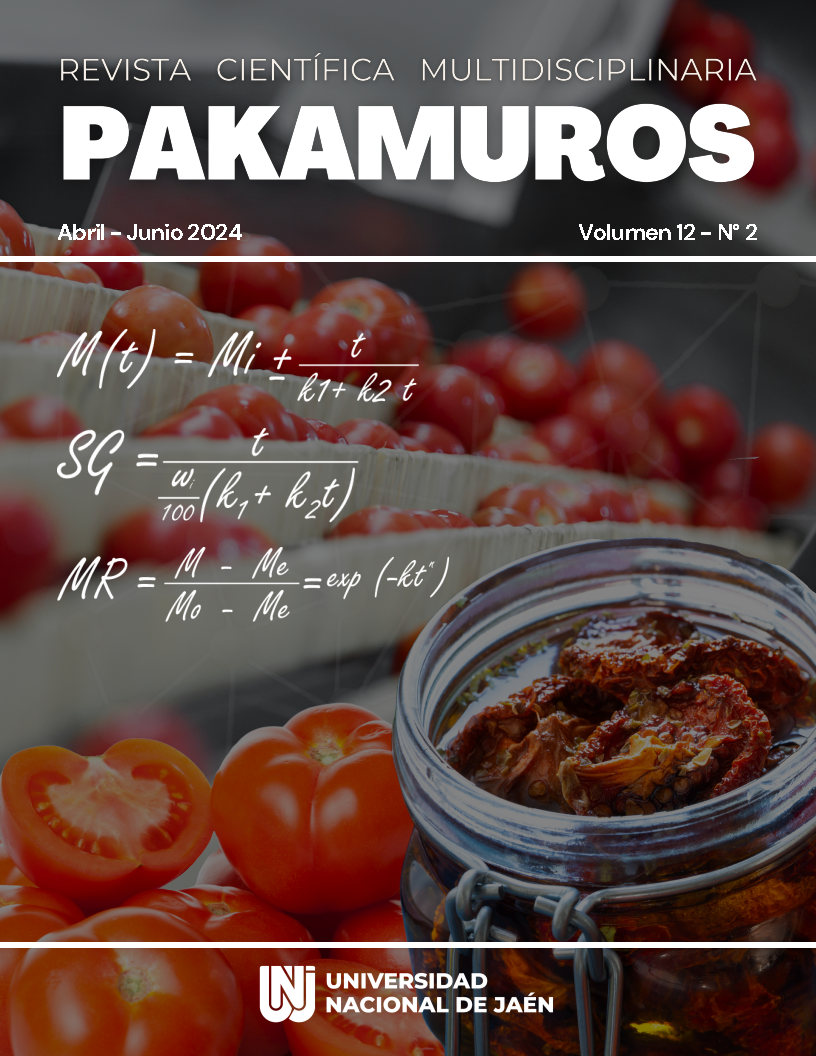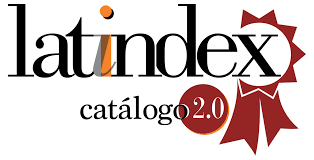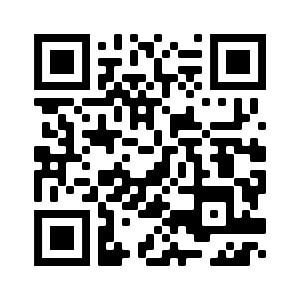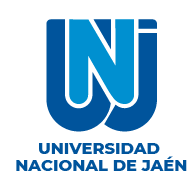Educational proposal to address internal and external factors limiting access to financial credit in women-led enterprises, Cajamarca, Peru
DOI:
https://doi.org/10.37787/qz9r7s88Keywords:
financial credit, financial education, credit history, businesswomen, financial systemAbstract
Accessibility to financial credit for women-led enterprises is influenced by a set of internal and external factors. In this context, the principal objective of the study is to develop a educational proposal to address the internal and external factors limiting access to financial credit in companies led by women in Cajamarca, Peru. The study was non-experimental, transversal, of a basic type. The sample comprised 377 companies, the sampling was non-probabilistic for convenience and the technique was the survey. The results reflect the existence of predominant internal factors such as the lack of credit history (70%), the lack of documentation and required information (65%), the high levels of debt (65%) and the lack of financial education to access financing (60%); and, regarding external factors, the most predominant are the excess of requirements (84%), costs associated with maintaining an account (79%) and distrust in the financial system (62%) that make it difficult to take out financial credit. Ultimately, women entrepreneurs in Cajamarca face both internal and external obstacles that negatively impact their ability to access financing. Given this situation, a specific proposal has been developed aimed at overcoming these limitations.
References
Aguilar, M., Tapia, B., & Saavedra, M. L. (2018). El financiamiento en las empresas dirigidas por mujeres. https://investigacion.fca.unam.mx/docs/memorias/2018/10.02.pdf
Auguste, S., & Galetto, B. (2020). Género y acceso al financiamiento empresario en Argentina. Mercados y Finanzas, Nº IDB-DP-760,. Banco Interamericano de Desarrollo. Obtenido de Banco Interamericano de Desarrollo.: https://diariofemenino.com.ar/df/wp-content/uploads/2020/09/Genero-y-acceso-al-financiamiento-empresario-en-Argentina.pdf
Gobierno Regional de Cajamarca. (2023). 39 mil micro y pequeñas empresas constituyen el. Obtenido de https://www.regioncajamarca.gob.pe/portal/noticias/pdf/6297
Hernández, C., Libertun, N., & Acosta, M. E. (2021). Estudio sobre la brecha de género en el acceso al mercado hipotecario de Ecuador. http://dx.doi.org/10.18235/0003312
Hewa-Wellalage, N., Boubaker, S., Hunjra, A. I., & Verhoeven, P. (2021). The gender gap in access to finance: Evidence from the COVID-19 pandemic. Financ Res Lett. doi:10.1016/j.frl.2021.102329
Lazarte, C. (2022). Inclusión financiera de las mujeres claves para una recuperación transformadora de la economía Post covid 19 en America Latina y el Caribe. https://lac.unwomen.org/sites/default/files/2022-12/ESP_Brief_Inclusion_Financiera_18JUL22_Maria%20Jesus%20Gonzalez.pdf
Mardones, C., & Zapata, A. (2019). Determinantes del financiamiento público para la innovación en las empresas chilenas. Contaduría y Administración, 64(1), 1-16. doi:http://dx.doi.org/10.22201/fca.24488410e.2018.1602
Martínez, L., Belén, G., Corzo, L., & Vigier, H. (2017). Determinantes del financiamiento externo de las Pymes en el
Mercosur. Revista Venezolana de Gerencia, 22(80), 672 - 692. doi:10.37960/revista.v22i80.23185
Morsy, H. (2020). Acceso al financiamiento: ¿Por qué las mujeres no tienen mayor participación? Finanzas y desarrollo. https://www.imf.org/external/pubs/ft/fandd/spa/2020/03/pdf/africa-brecha-de-genero-para-acceso-financiamiento-morsy.pdf
Mukiri, E., & Ondieki-Mwaura, F. (2019). Factors affecting women access to credit: a case of women enterprise Fund of Kibera Sub County. International Journal of Social Science and Humanities Research, 7, 515-525. https://www.researchpublish.com/upload/book/factors%20affecting%20women%20access-8141.pdf
Navarrete, L. A., & Vásquez, R. M. (2023). Factores que afectan el acceso al financiamiento en las pequeñas y micro empresas. Universidad Peruana de Ciencias Aplicadas (UPC). https://repositorioacademico.upc.edu.pe/bitstream/handle/10757/653528/Navarrete_TL.pdf?sequence=10&isAllowed=y
Roa, M. J. (2021). Normas sociales: la barrera invisible de la inclusión financiera de la mujer. Comisión Económica para América Latina y el Caribe (CEPAL): https://repositorio.cepal.org/server/api/core/bitstreams/12ce6a62-4a55-465f-aac4-0ed7db7b1f3f/content
Trejo, R. D. (2018). Factores que limitan el acceso al financiamiento de las micro y pequeñas empresas, clientes de la entidad financiera “Mibanco”, agencia Huaraz, 2018. Universidad Católica Los Angeles de Chimbote. http://repositorio.uladech.edu.pe/bitstream/handle/20.500.13032/12012/Credito_Entidad_FinanCiera_trejo_del_castillo_ruth_diana.pdf?sequence=3&isAllowed=y
Value for Women. (2018). Comprendiendo las barreras estructurales y el sesgo oculto en el acceso a crédito para empresas lideradas por mujeres. https://www.v4w.org/uploads/documents/Report-Hidden-Bias-in-Access-to-Credit-Spanish.pdf
Published
Issue
Section
License
Copyright (c) 2024 Pakamuros Scientific Journal

This work is licensed under a Creative Commons Attribution-NonCommercial 4.0 International License.













